How to Select the Right Vending Machine for Your Global Procurement Needs
In today's fast-paced global marketplace, selecting the right vending machine can significantly impact your procurement strategy and operational efficiency. As businesses increasingly look to automation for cost-effective solutions, the variety of vending machines available has expanded, catering to diverse needs and preferences across different regions. However, with so many options on the table, choosing the most suitable vending machine requires careful consideration of several factors, including product offerings, payment systems, machine size, and maintenance requirements. This blog will guide you through the essential criteria to evaluate when selecting a vending machine that aligns with your global procurement needs, ensuring a seamless integration that maximizes productivity and customer satisfaction. Dive in as we explore the nuances of vending machine selection and help you make an informed decision in this competitive landscape.
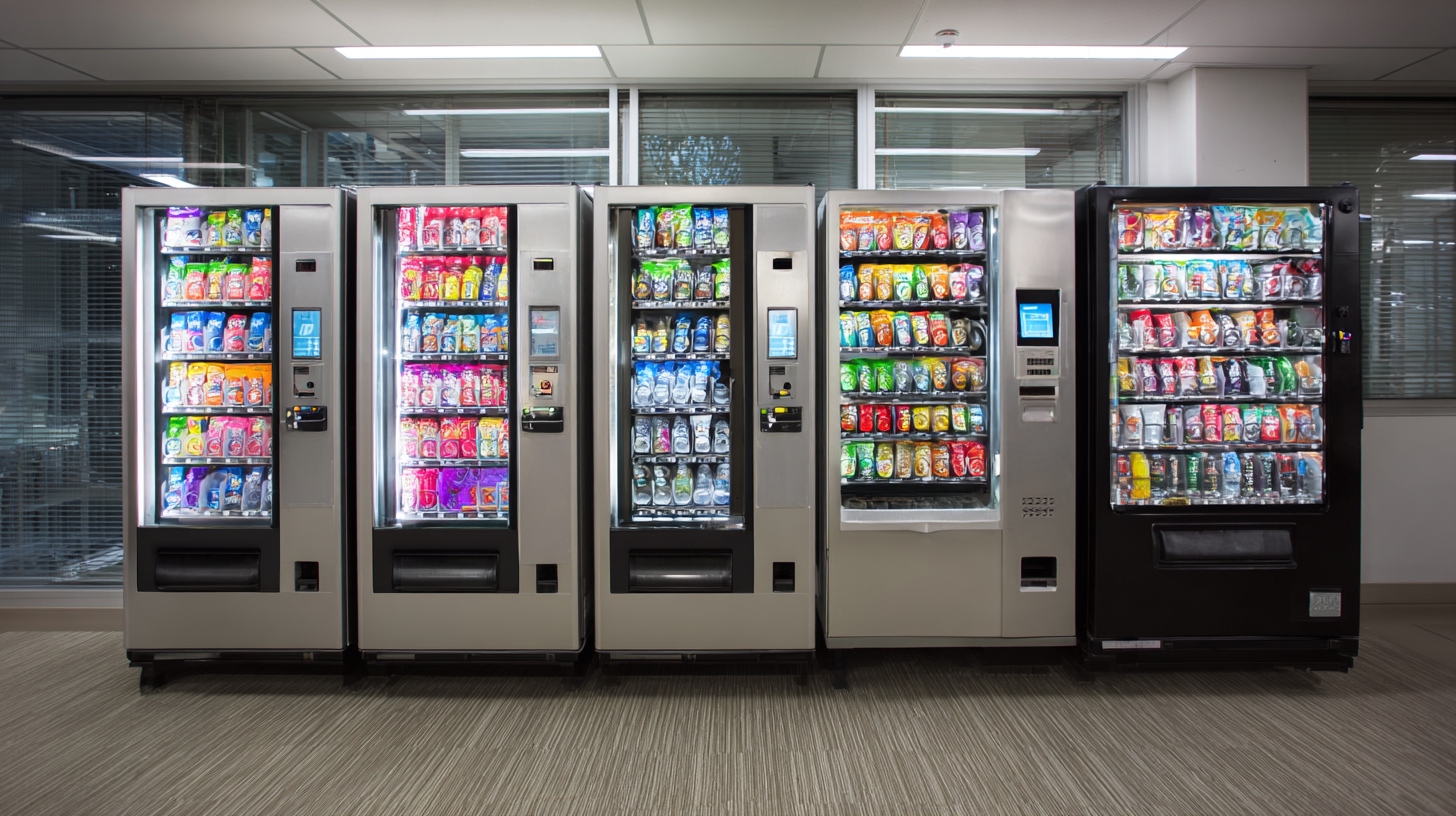
Identifying Your Specific Procurement Requirements for Vending Machines
When selecting the right vending machine for your global procurement needs, it is essential to begin with a clear understanding of your specific requirements. According to the National Automatic Merchandising Association (NAMA), the global vending machine market is projected to reach approximately $25 billion by 2027, reflecting a growing demand for tailored vending solutions across different sectors. Identifying the types of products you wish to offer, whether snacks, beverages, or specialized items, will significantly influence your choice.
Tip: Perform a thorough market analysis to understand local consumer preferences and product trends. This data can guide you in selecting vending machines that cater specifically to the tastes and needs of your target demographics.

Tip: When evaluating vending machines, prioritize models that offer flexibility in accepting multiple payment methods, including mobile payments, to meet the evolving preferences of consumers.
Assessing the Market Trends and Innovations in Vending Technology
In recent years, the vending machine market has witnessed significant innovations and market trends that cater to changing consumer needs and preferences. By 2032, the global smart vending machine market is projected to grow from $11.47 billion in 2025 to approximately $36.89 billion, achieving a robust CAGR of 18.2%. This growth is driven by the demand for enhanced convenience and personalized experiences in automated retail. For instance, specialized machines like salad vending machines are also emerging, with expectations to expand from $0.45 million in 2022 to $1.2 million by 2030, at a CAGR of 15%.
When selecting vending machines for global procurement, it is essential to consider the latest technological advancements. Today’s consumers seek vending solutions that offer customization and real-time updates. Imagine receiving a notification when your favorite beverage is just around the corner, making the decision to purchase effortless.
**Tips:**
1. **Research Market Trends**: Stay updated on the latest trends in vending technology to ensure you invest in machines that will meet consumer demands.
2. **Evaluate Personalization Features**: Choose vending machines that allow for a high degree of customization in terms of product offerings to enhance customer satisfaction.
3. **Consider Location Dynamics**: Analyze the foot traffic and consumer behavior in the intended locations to select vending machines that will perform best.
Evaluating Size, Capacity, and Product Variety for Global Needs
When selecting the right vending machine for global procurement needs, evaluating size, capacity, and product variety is crucial. According to a report by the International Vending Alliance, the global vending machine market is projected to reach $25 billion by 2028, reflecting a growing demand for machines capable of catering to diverse consumer preferences. The size of the vending machine you choose will impact its placement and accessibility; larger machines may accommodate more products but could face limitations in smaller retail environments.
Capacity directly affects turnover rates and inventory management. The National Automatic Merchandising Association (NAMA) notes that vending machines equipped with smart technology can track sales patterns and optimize product restocking, which is essential for maintaining product variety. Businesses should consider machines that can hold a wider array of items, including healthy snacks and beverages, to meet the evolving preferences of consumers globally. With 62% of consumers expressing a desire for healthier options in vending, investing in versatile machines can enhance profitability and customer satisfaction. Emphasizing these elements in your procurement strategy will ensure you select the right vending machine tailored to your global operational needs.
How to Select the Right Vending Machine for Your Global Procurement Needs
| Dimension | Option 1 | Option 2 | Option 3 |
|---|---|---|---|
| Size | Compact (H: 5ft, W: 2ft) | Standard (H: 6ft, W: 3ft) | Large (H: 7ft, W: 4ft) |
| Capacity | 100 Items | 200 Items | 400 Items |
| Product Variety | Snacks & Drinks | Healthy Options | Mixed (Snacks, Drinks, & Healthy) |
| Payment Options | Cash Only | Cash & Credit | Cash, Credit & Mobile Payments |
| Ideal Location | Offices & Small Spaces | Schools & Gyms | Airports & Malls |
Understanding Local Regulations and Compliance for Vending Operations
When selecting the right vending machine for your global procurement needs, understanding local regulations and compliance is crucial. Different countries and regions have specific laws governing vending operations, including health and safety standards, product labeling requirements, and tax regulations. For instance, a report by the International Vending Alliance noted that compliance costs can be as high as 15% of operational expenses in certain markets due to stringent regulations. Ensuring that your vending machines meet local standards is not only essential for legal operations but also enhances customer trust and brand reputation.
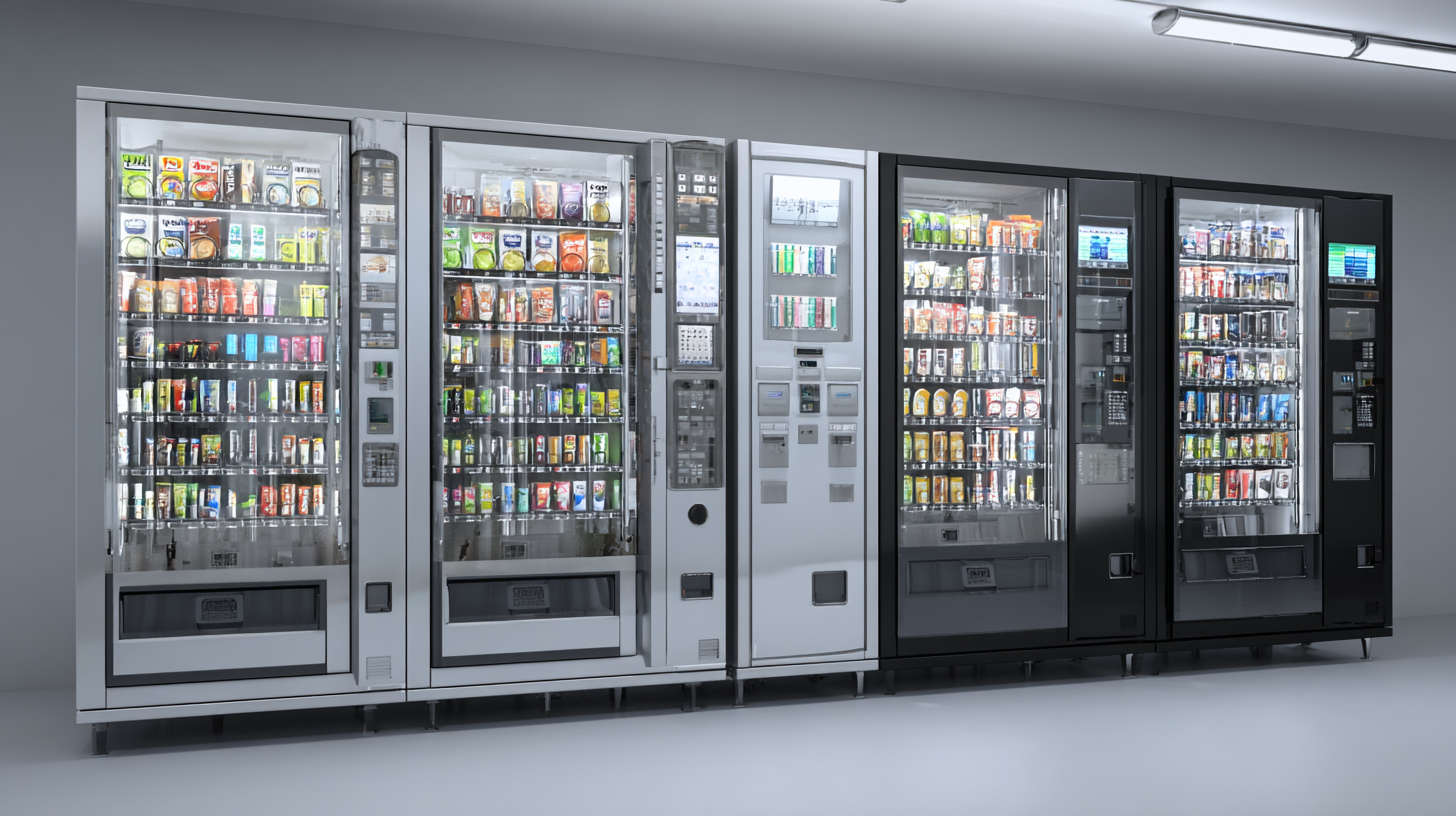
Additionally, local cultural preferences must be taken into account. According to a survey by Euromonitor International, nearly 60% of consumers prefer products that reflect their local culture and tastes. This means that while you may have a successful vending machine model in one country, it may not resonate in another. Understanding these nuances, alongside the legal framework, will help you avoid costly missteps and optimize your product offerings to align with local demand. Utilizing comprehensive market research can assist in identifying these regulatory landscapes and cultural preferences as you expand your vending operations globally.
Comparing Costs and Long-Term ROI of Different Vending Machine Options
When it comes to global procurement needs, selecting the right vending machine can significantly impact not just convenience but also cost management. A crucial aspect of this decision-making process is understanding the costs associated with different vending machine options. Initial purchase price, installation charges, and ongoing maintenance fees vary widely across models and suppliers. It’s essential to evaluate these costs alongside the anticipated return on investment (ROI). For procurement departments, finding a vending machine that balances quality and affordability can optimize spending strategies.
Comparing long-term ROI requires a closer look at potential revenue generation and consumer engagement. Machines that offer innovative features, such as cashless payment systems, real-time inventory tracking, and customizable product offerings, tend to attract more users, thereby increasing sales. Additionally, consider the machine's ability to adapt to consumer trends, as machines that remain relevant and stocked with popular items can drive sustained profitability. By analyzing both upfront costs and long-term gains, businesses can make informed choices that align with their global procurement strategies and enhance overall operational efficiency.
Related Posts
-

What Makes the Best Snack Vending Machines Stand Out
-
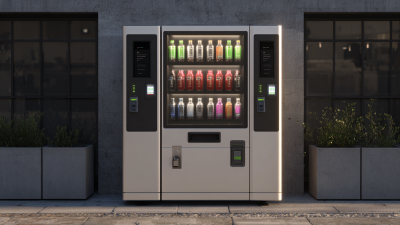
Solutions for Innovative Beverage Dispensing Technology
-
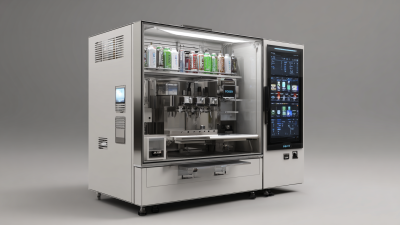
Exploring the Future of Beverage Innovation in 2025 Comparing the Best Drink Machines for Global Buyers
-
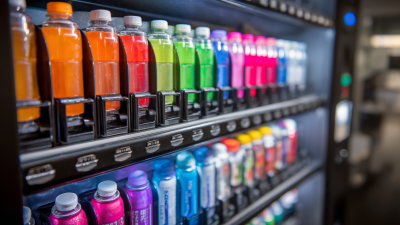
Ultimate Checklist: What to Look for in the Best Drink Vending Machines for Global Sourcing
-
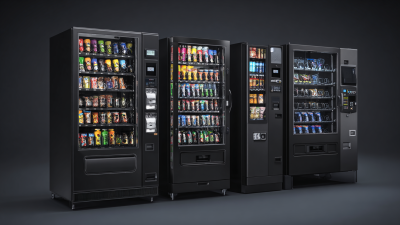
Unlocking the Advantages of Innovative Vending Solutions for Global Buyers
-

12 Innovative Drink Vending Machine Concepts Revolutionizing Beverage Access
